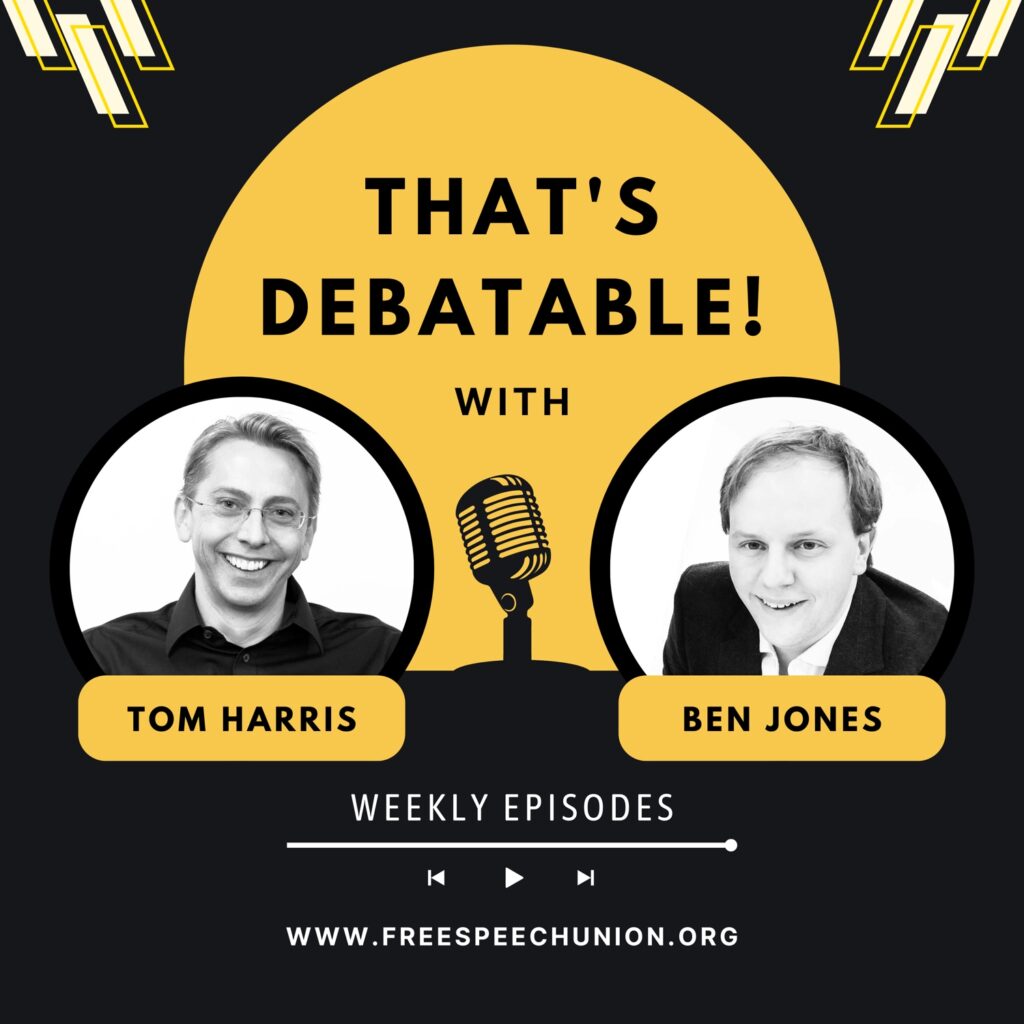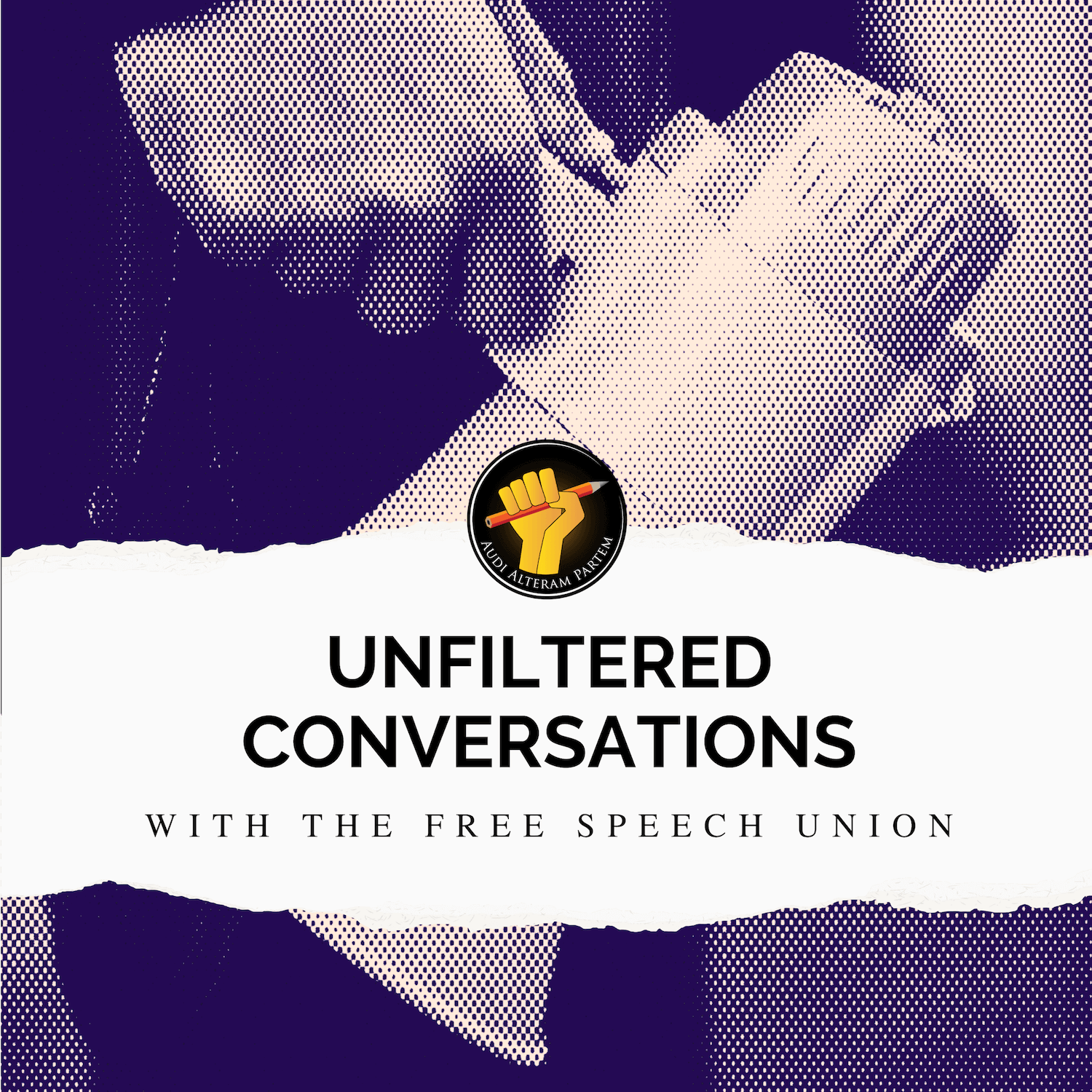The London Museum has urged staff to address the problem of “whiteness”, as part of a long-term diversity initiative.
Senior leaders at the publicly funded institution have provided employees with a document instructing them on how to “challenge embedded whiteness” by questioning their everyday behaviour, asking whether they are making enough time for “race equity” conversations, and reflecting on the inadequacy of Western, Eurocentric norms like “hierarchical working”.
According to the guidance, “whiteness” is defined as “ideas, ways of working and normative values that can support, directly or indirectly, the continuation of racial inequalities and a lack of racial diversity in institutions”.
The term “whiteness” is drawn from critical race theory (CRT), a controversial academic framework that examines how racism is said to be embedded in legal, cultural, and institutional structures – with “whiteness” referring not to skin colour but to dominant, white, Western norms and values treated as the default.
This idea underpins many contemporary anti-racist policies, which aim to dismantle supposedly invisible structures – such as microaggressions and unconscious bias – through which whiteness is said to maintain cultural dominance. The goal is to prioritise the perspectives of “historically marginalised groups” and scrutinise speech, conduct and institutional culture for signs of “embedded whiteness”.
However, critics have long warned that this framework risks reducing society to a binary of oppressor (white) and oppressed (non-white), and tends to treat disagreement as complicity, closing down open debate.
To embed these ideas in its workplace culture, the museum has produced a “tool for culture change”, part of its equity, diversity and inclusion strategy that aims to make the attraction become “genuinely anti-racist”.
This tool, a pamphlet for staff, states that the museum’s “culture and ways of working” support “institutional forms of racism” and needs to change.
It consists of a series of questions which staff should ask themselves in order to “work differently” and in a way that will “challenge inequity”.
The prompts to challenge “whiteness” include asking whether they can “promote less hierarchical working”, and whether they “encourage everyone to bring their whole selves to work”.
Others include “how am I contributing to advancing race equity in my daily work?” and “how will I know I am nurturing a safe space for everyone?”.
A key question includes: “Am I making space and time for important conversations about race equity? How are we continuing to challenge embedded whiteness?”
Its tool for culture change was first produced in 2023 to support the museum’s plans to become more anti-racist, particularly after Black Lives Matter protests in 2020.
After these protests, a statue of slave owner Robert Milligan was removed from outside the London Museum Docklands site. Leaders said the statue was “part of the ongoing problematic regime of whitewashing history” and the piece was put into storage before being added to the museum collection for reinterpretation.
This reframing of organisational culture around the imperative to “challenge whiteness” is presented as an inclusive gesture – a means of valuing diverse identities and alternative ways of knowing. But in practice, it often results in the marginalisation of those associated with ‘white’ ways of thinking, speaking, and being. The elevation of certain epistemologies frequently comes hand in hand with the suppression of others, creating what critics argue is a new kind of speech code – one that delineates who may speak, and from what standpoint, on contested social issues.
The London Museum’s initiative is far from isolated. Across the UK, similar efforts to institutionalise critical whiteness theory and embed so-called anti-racist practice have led to the curtailment of speech, the reinforcement of racial binaries, and the stifling of open debate.
At King’s College London (KCL), the university came under fire last year for hosting critical race theory-inspired, “race-segregated” discussion groups funded by the NHS. Advertised as sessions on “addressing whiteness”, they were initially aimed at those “identifying as white”. A source familiar with the programme said participants were encouraged to accept collective responsibility for colonialism and to correct their ancestors’ mistakes, regardless of their personal background.
In Wales, the Association of Independent Museums launched the Re:Collections project in response to the Welsh Government’s Anti-Racist Wales Action Plan, itself introduced following the Black Lives Matter protests of 2020. As part of a £135,000 grant, a related initiative – Anti-Racist Library Collections – began training librarians to overcome the “dominant paradigm of whiteness” through staff sessions in “critical whiteness studies”, with the aim of aligning collections and practices with “anti-racist principles”.
At the University of Liverpool, new diversity guidance issued to history lecturers urged them to “problematise” both whiteness and heterosexuality in their teaching. The guidance also proposed mandatory inclusivity training for academic staff to ensure that seminars become “safe spaces” where students can retreat from ideas the institution presumes they may find offensive.
Elsewhere, even the natural sciences have come under ideological scrutiny. Kathryn Yusoff, a geography professor at Queen Mary University of London, has argued that geology – the study of rocks and the Earth’s physical structure – is “riven by systemic racism” and implicated in colonial violence. She claimed palaeontology, the study of prehistoric life, should be seen as a form of “pale-ontology” – linked to whiteness and its entanglement with extraction and domination. “Broadly,” she wrote, “black, brown, and indigenous subjects… have an intimacy with the earth that is unknown to the structural position of whiteness.”
There’s more on this story here.






